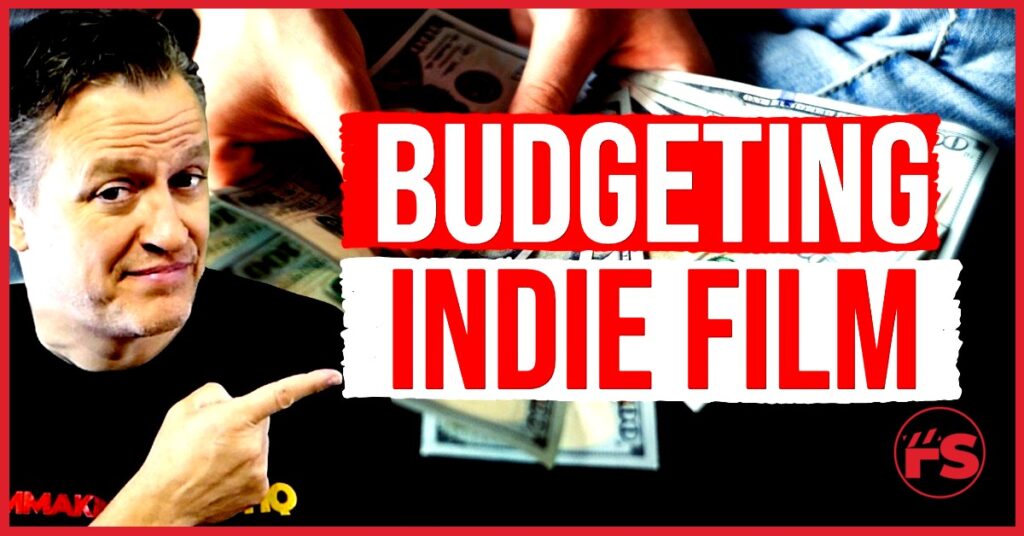When you’re making an independent film, budgeting an indie film is one of the trickiest parts. Trust me — you want to make sure every dollar ends up on the screen. The last thing you want is to waste money on stuff nobody ever sees. Over the years, I’ve learned exactly what to spend money on and what you can skip without hurting your production. Let’s break it down so you can make smarter choices for your next project.
Spend Where It Counts: Feed Your Crew Right
First things first: never skimp on catering. I don’t care if you’re shooting for five days or five weeks — people need good food to do good work. If you feed your cast and crew cheap pizza and limp salads every day, they’ll run out of energy fast. But if you keep them well-fed with decent meals, they’ll stay happy and focused.
I’ve worked on all sorts of films, big budget and micro-budget, and good catering always makes a difference. Even when everything else goes wrong, people remember if the food was good. So trust me: spend the money here.
Skip High Location Fees When Budgeting an Indie Film
Next up — don’t blow your budget on expensive locations. One of the best ways to stretch your indie film budget is to find great locations for free, or at least really cheap.
Think about it: a mansion looks like a mansion whether you pay $50,000 a day to rent it or you shoot there for free because you have a connection. The production value stays the same. So tap into your network, ask friends, and be creative. If you can’t get it for free, negotiate for a steep discount. Your budget will thank you.
Hire Your Gold Star Crew
When you’re budgeting an indie film, your crew can make or break your shoot. You want to pay for people who are rock-solid — the folks you trust to show up, do their jobs well, and not complain.
I have a handful of crew I call my Gold Star team. They cost a bit more, but I know they’ll deliver every single time. So spend your money on the right crew. Don’t hire someone cheap if you know they won’t get the job done. You’ll spend more fixing problems later.
Skip What Never Shows Up on Screen
Here’s another rule I swear by: skip anything that never shows up on screen. If it doesn’t make your film look better or run smoother, think twice.
A big one is completion bonds. For a low budget or micro-budget indie film, it’s usually not worth it. Once you’re done shooting, that bond is just money you’ll never see again.
Same thing goes for extra compliance roles that don’t add to your movie. For example, during Covid, productions had to hire Covid compliance officers. It made sense to be safe, but some companies charged insane fees for that. If you can handle it responsibly without overspending, do it. Don’t dump money into things that won’t help what’s on the screen.
Focus on What the Audience Sees
At the end of the day, nobody watching your film cares if you had fifty crew members or just five. They care about the final shot. That’s it.
When you’re budgeting an indie film, keep asking yourself: Does this dollar make my movie better? If the answer is no, skip it. If it makes the film shine, spend it. It’s that simple.

Final Thoughts on Budgeting an Indie Film
I could go on all day about where to spend and where to save, but these basics will help you get started. Feed your people well. Work with the best crew you can afford. Get creative with locations. And don’t waste money on stuff the audience never sees.
That’s how you make your budget work for you and put every penny up on the screen — where it belongs.